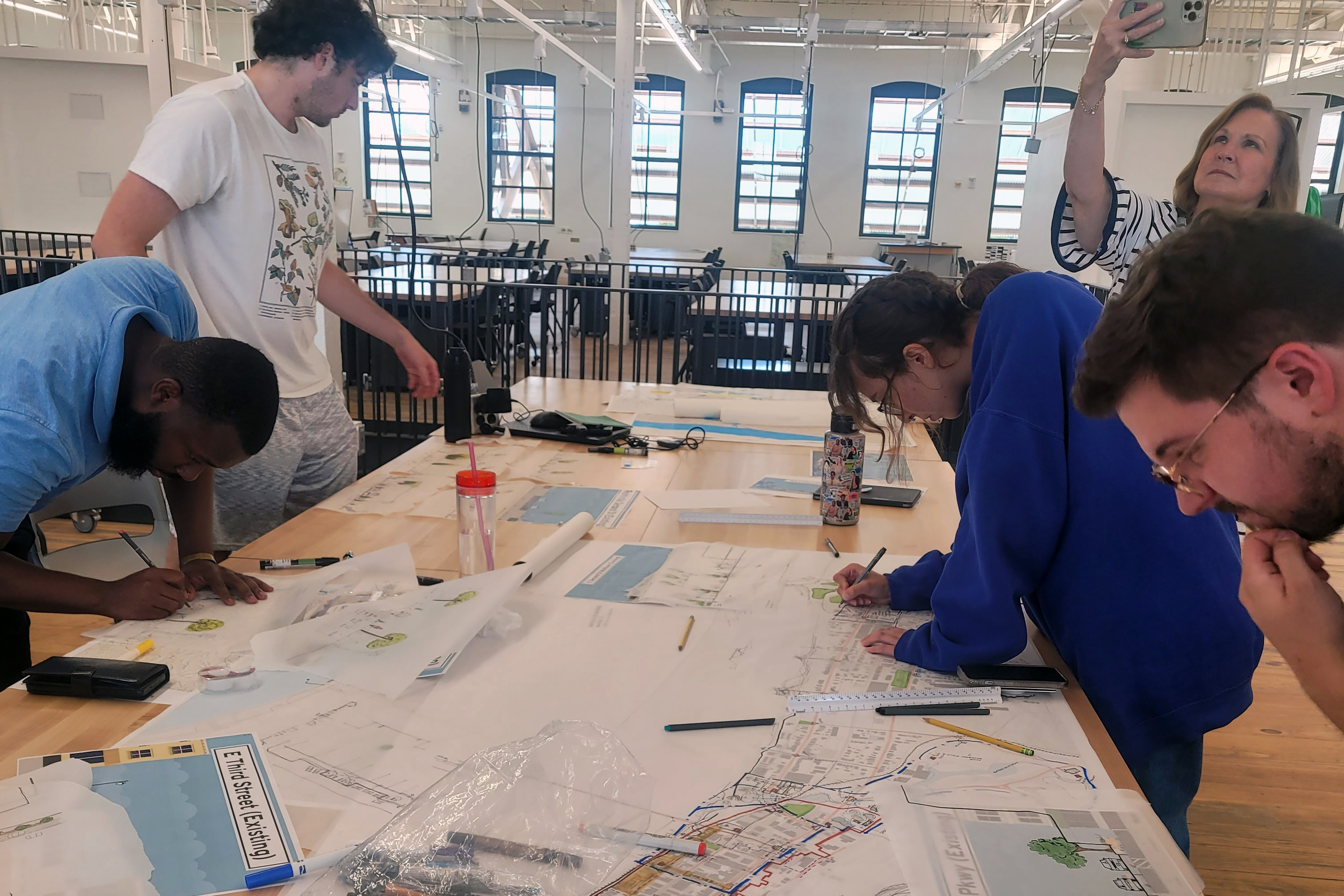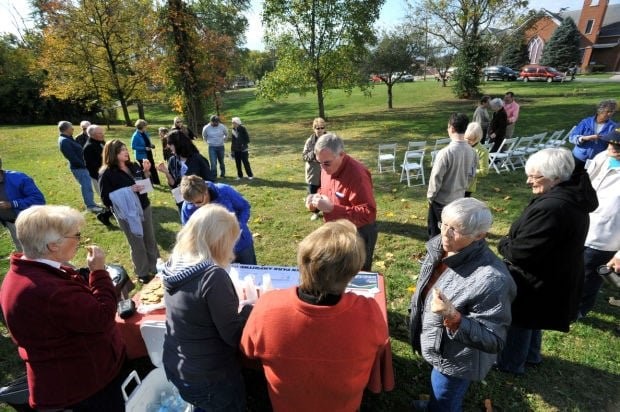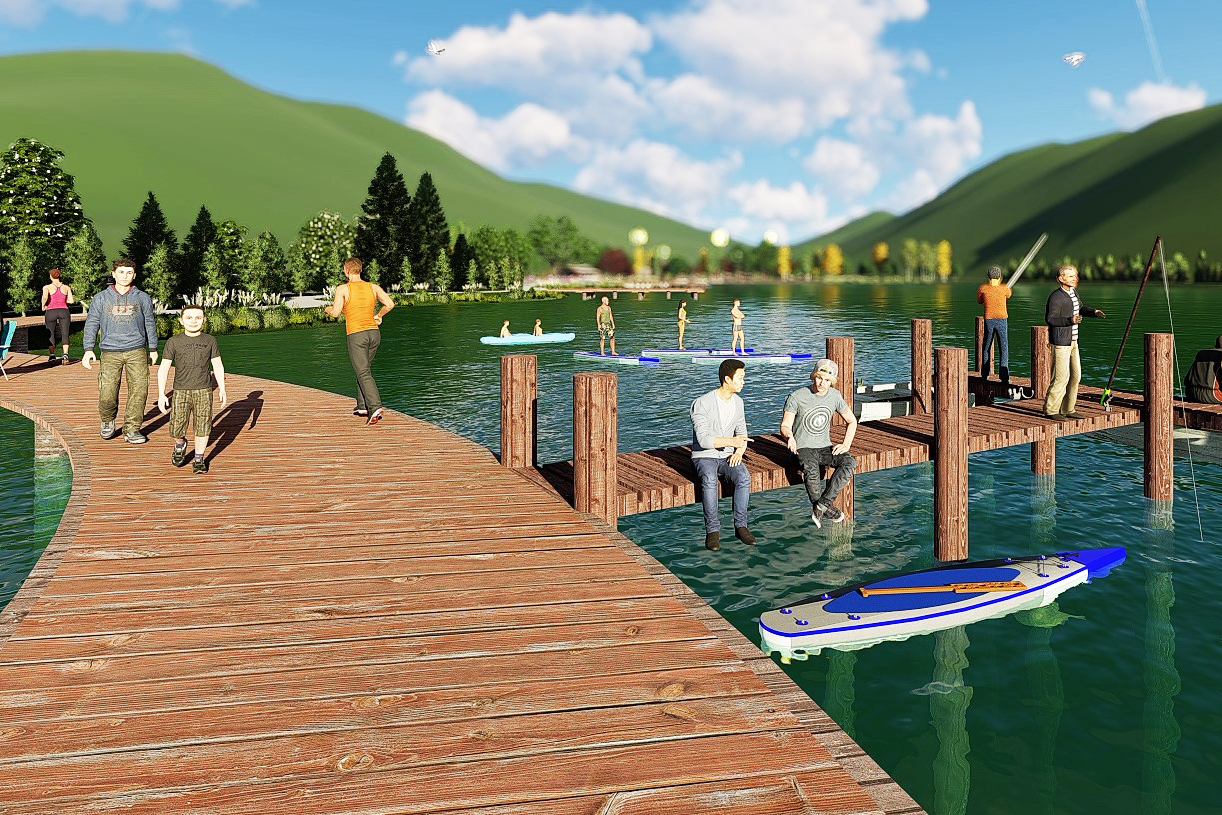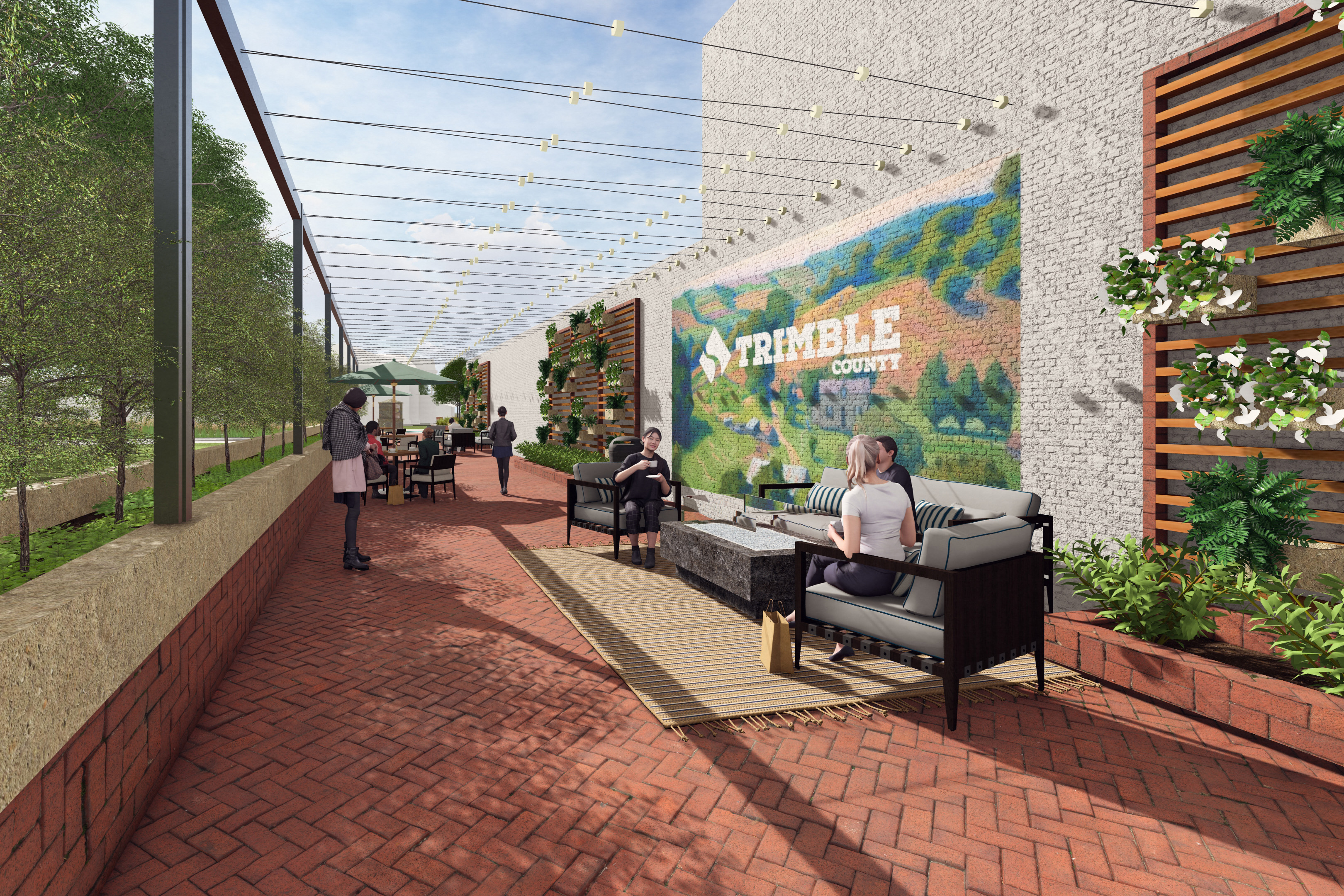Internship | Maysville KY 2024
Internship | Maysville KY 2024

Connecting Maysville: Designing Spaces for a Vibrant Community
During the summer of 2024, the Community and Economic Development Initiative of Kentucky (CEDIK) partnered with the University of Kentucky’s Department of Landscape Architecture to lead a 10-week design fellowship focused on the City of Maysville. Nine students representing fields such as landscape architecture, community leadership, agriculture, and historic preservation worked together to explore how Maysville could better connect its historic downtown, riverfront, and neighborhoods. Through research, site analysis, and community engagement, the fellows developed recommendations to strengthen Maysville’s sense of place, improve accessibility, and support long-term economic and environmental vitality.
Approach and Purpose
The fellowship combined academic learning with real-world community design practice. Over the course of the program, fellows conducted background research on Maysville’s history, economy, and physical layout, followed by on-site assessments and discussions with residents and local leaders. The purpose was to understand how thoughtful design and planning could help Maysville leverage its assets, its riverfront, historic charm, and community pride, to create stronger connections between people and place. The team emphasized collaborative, place-based design strategies that honor Maysville’s identity while addressing modern challenges such as walkability, downtown revitalization, and environmental sustainability.
Key Insights
Through extensive research, site visits, and engagement with residents, the fellows identified several key opportunities and challenges shaping Maysville’s future. They found that while the city has strong cultural assets, a rich history, and a scenic riverfront, these areas are not yet fully connected or easily accessible. Public spaces near the river are underutilized due to limited access points, minimal wayfinding, and a lack of pedestrian and cycling infrastructure. The downtown area, while walkable, faces issues of vacant storefronts, limited shade, and a need for more visible connections to recreational and social spaces. The team also highlighted that Maysville’s ongoing and planned infrastructure projects present timely opportunities to unify these efforts into a cohesive community vision.
The fellowship’s research and design process resulted in the concept of a “Maysville Greenway,” an interconnected system of trails and public spaces linking downtown, the riverfront, and upland neighborhoods. This greenway would not only improve mobility and safety but also integrate flood resilience, ecological restoration, and public art to create a more vibrant and inclusive urban environment.
Next Steps
The report recommends that Maysville continue building on the momentum of current projects by aligning future investments under a shared community design framework. Key next steps include advancing planning and feasibility work for the proposed greenway, coordinating with local and regional partners on grant funding opportunities, and integrating community engagement into every stage of implementation. Strengthening signage, improving pedestrian and bike connections, and activating underused public areas with programming and local art can help ensure that Maysville’s riverfront and downtown become welcoming spaces for both residents and visitors.
The Connecting Maysville project demonstrates how thoughtful design, community collaboration, and a focus on connectivity can transform a city’s relationship with its landscape, setting a foundation for a more cohesive, resilient, and vibrant future.


